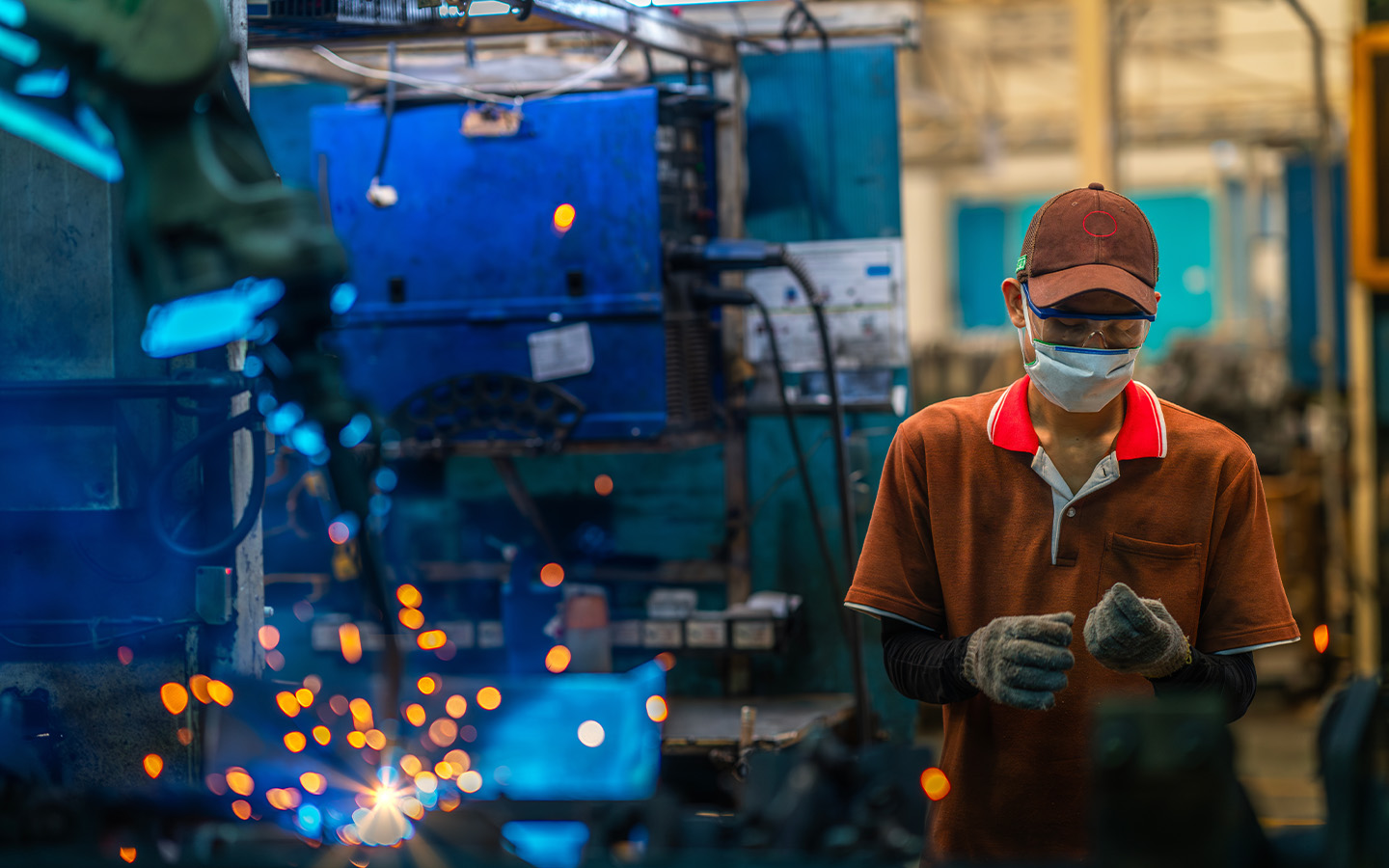After five consecutive months of contraction, October saw factory activity grow in China – a sign that domestic demand may be recovering, analysts told Reuters and the South China Morning Post.
According to the National Bureau of Statistics, the official manufacturing purchasing managers’ index (PMI) – a survey of sentiment among factory owners – beat expectations to reach 50.1 in October (up from 49.8 in September). Julian Evans-Pritchard, head of China economics at Capital Economics, told the Post that readings above 50 typically meant that economic activity was expanding.
Lynn Song, chief economist for Greater China at ING, said that while 50.1 was “the smallest possible expansion for the PMI”, it was a positive sign that helped buck expectations for continued contraction.
[See more: Beijing to issue 5 billion yuan’s worth of treasury bonds in Macao]
Xu Tianchen, senior economist at the Economist Intelligence Unit, told Reuters that the figure was “primarily an indication of the early impact of the higher fiscal support, enabled especially by an acceleration in government bond issuance.”
Xu was referring to the stimulus packages Beijing began announcing in late September, which have resulted in mixed feedback to date. However, the central authorities have pledged to spend as “necessary” to meet the country’s economic growth target of about 5 percent – a goal that some analysts view as unrealistic due to lacklustre performance indicators this year.
Other signs that the stimulus measures are starting to take effect include the non-manufacturing PMI (covering construction and services) rising to 50.2 in October, and an easing of the youth unemployment rate.






